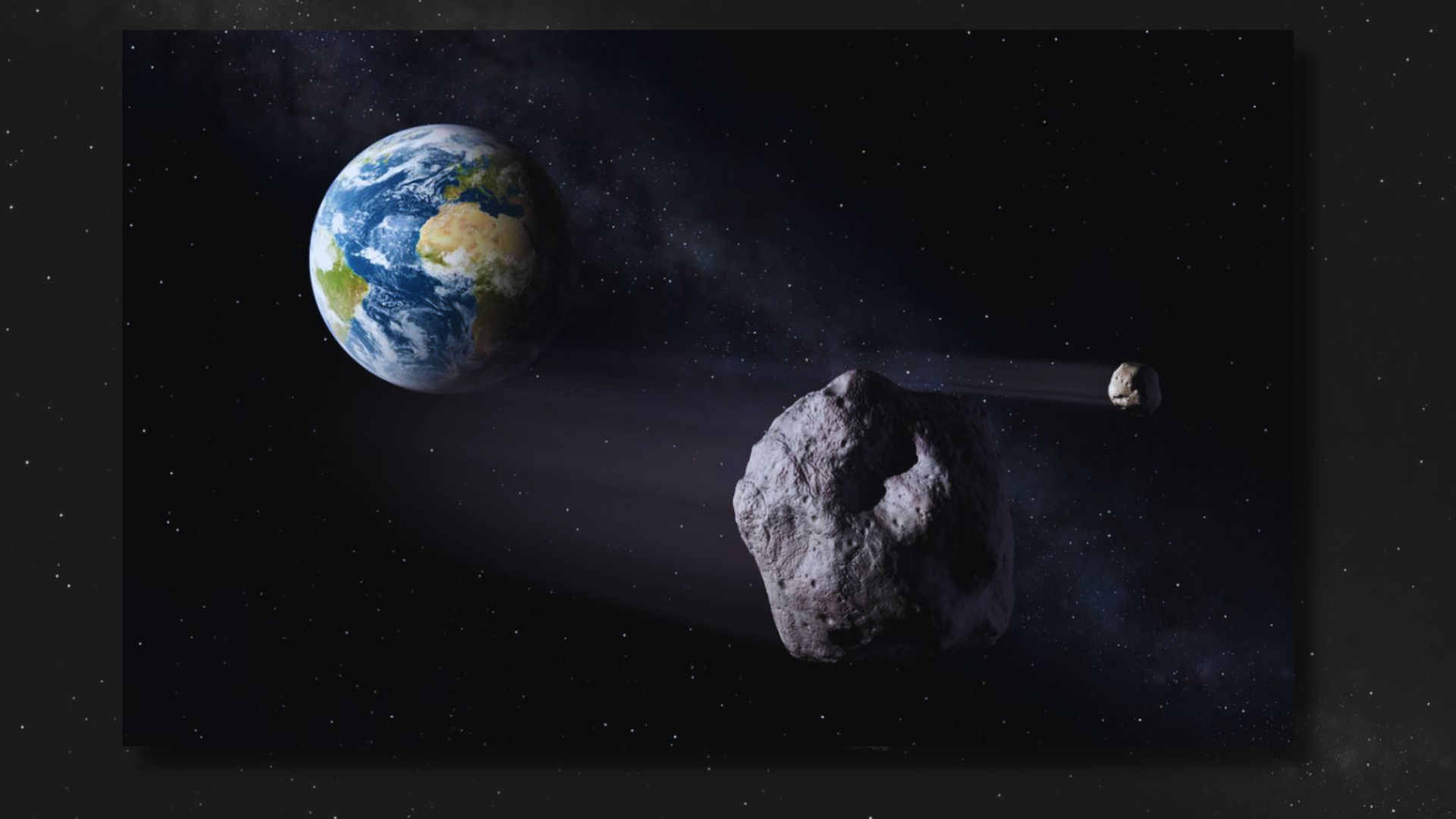

As we approach a major astronomical event, that is the complete Solar Eclipse of 2024, NASA has cautioned about a colossal 400-feet asteroid that is poised to pass close to Earth. Is it a potential danger? Lets find out by uncovering the specifics.
Space enthusiasts and skywatchers are eagerly anticipating the Total Solar Eclipse of April 8, 2024, to witness the breathtaking phenomenon. However, NASA has raised concerns about an approaching threat that is hurtling towards Earth at incredible speeds. According to data from NASA’s CNEOS, a massive asteroid named 2024 FH2 is set to make its closest approach to Earth just before the Total Solar Eclipse, warranting close monitoring. Here’s what NASA has revealed about this colossal space rock.
2024 FH2 Asteroid: Scale, Velocity, Proximity – Unveiling the Cosmic Giant
NASA has disclosed that this asteroid will measure a substantial 400 feet in diameter, comparable to the size of a towering skyscraper. Furthermore, it is confirmed to be traveling at a staggering speed of 71,174 kilometers per hour on April 7th, the day before the Total Solar Eclipse. As for its proximity to Earth, CNEOS data indicates that it will be a mere 3.83 million miles away from our planet.
Belonging to the Aten asteroid group, which comprises near-Earth asteroids with semi-major axes less than 1 astronomical unit (AU) and aphelion distances greater than 0.983 AU, it spends most of its time within Earth’s orbit. Aten asteroids are generally classified as potentially hazardous due to their close proximity to Earth’s orbit, named after the asteroid 2062 Aten, the first of this group to be discovered.
Is it a potential threat? Unfortunately, yes. NASA has designated the asteroid as a potentially hazardous object due to its size and its approach to Earth within 4.6 million miles (7.5 million kilometers). Since Asteroid 2024 FH2 meets these criteria, it poses a potential threat. However, NASA assures that it is closely monitoring this asteroid, along with several others expected to make close approaches to Earth.
How Does NASA Keep Tabs on Asteroids? Unveiling NASA’s Cosmic Surveillance
Tracking asteroids involves a combination of ground-based telescopes and space-based observatories. For smaller asteroids, a technique called ‘synthetic tracking’ is utilized, employing high-speed cameras to capture short, high frame-rate exposures that freeze the asteroid’s motion. These images are then processed by shifting and combining them to create a long-exposure image, enhancing the signal-to-noise ratio for detecting and precisely tracking small, fast-moving asteroids that may otherwise be challenging to observe.
Additionally, NASA utilizes powerful observatories such as Pan-STARRS, the Catalina Sky Survey, and its NEOWISE mission to closely monitor the movements of celestial objects like comets and asteroids
READ MORE
Zartaj Gul Dodges Legal Storm: PTI Leader Granted Temporary Shelter In May 9 Riot Saga
IMD predicts heatwave conditions across multiple states in South India as summer intensifies
Influencer brothers Andrew and Tristan Tate appeared at a police station near Romania’s capital, complying…
Rahul was released by Lucknow Super Giants ahead of the IPL 2025 Mega Auction in…
Rishabh Pant faces Delhi Capitals for the first time as LSG captain. DC won the…
An increasing number of Europeans are reconsidering travel to the US, citing political concerns, economic…
Mumbai’s Habitat Comedy Club shuts down after Shiv Sena supporters vandalized it over Kunal Kamra’s…
Smita Patil succumbed to puerperal sepsis, a severe infection after childbirth. Years later, filmmaker Mrinal…